Introduction
Ginger, known scientifically as Zingiber officinale, is a versatile root with a distinct aroma and flavor that enhances numerous culinary dishes. From soothing teas to spicy stir-fries, ginger adds a unique zest to meals. However, like many fresh produce items, ginger can spoil quickly if not stored properly. Understanding how to preserve fresh ginger for extended periods ensures you can enjoy its benefits throughout the year. This article delves into various methods to keep ginger fresh, from traditional techniques to modern preservation strategies.
Understanding Ginger’s Shelf Life
Before diving into preservation methods, it’s crucial to understand ginger’s natural shelf life. Fresh ginger, when bought from the market, typically lasts about two to three weeks in the refrigerator. This duration can vary based on factors such as the ginger’s freshness at purchase, storage conditions, and the method of preservation employed.
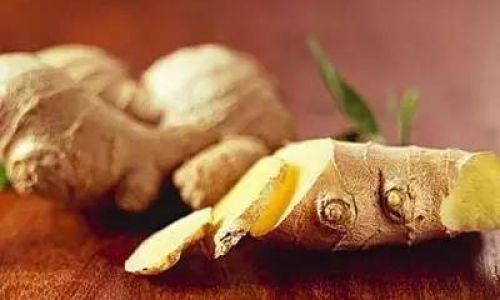
The key to extending ginger’s shelf life lies in maintaining its moisture content and preventing mold growth. Ginger’s high moisture content makes it susceptible to spoilage, while its skin provides minimal protection against bacteria and fungi. Therefore, effective preservation strategies focus on controlling moisture and exposure to contaminants.
Refrigeration: The Basic Method
Refrigeration is the most straightforward method for preserving fresh ginger. Here’s how to do it effectively:
-
Selection and Preparation: Choose firm, smooth-skinned ginger with no soft spots or mold. Peel the ginger if you plan to use it within a week; otherwise, leaving the skin on can provide an extra layer of protection.
-
Wrapping: Wrap the ginger tightly in plastic wrap or place it in an airtight container. This step helps retain moisture while preventing exposure to air, which can lead to spoilage.
-
Refrigeration: Place the wrapped ginger in the crisper drawer of your refrigerator. The crisper drawer maintains a higher humidity level, which is beneficial for keeping ginger fresh.
-
Usage: Check the ginger periodically for signs of spoilage, such as mold or softening. Use it within two to three weeks for best quality.
Freezing Ginger: A Longer-Term Solution
For those who want to preserve ginger for months, freezing is an excellent option. Freezing slows down the growth of bacteria and fungi, effectively extending ginger’s shelf life. Here are two methods for freezing ginger:
Method 1: Freezing Whole or Sliced Ginger
-
Preparation: Peel the ginger and slice it into thin pieces or leave it whole, depending on your preference.
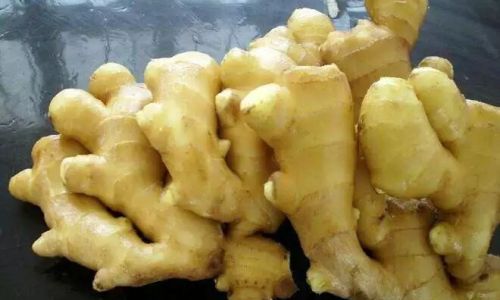
-
Blanching (Optional): Blanching helps retain the ginger’s color and texture during freezing. To blanch, submerge the slices in boiling water for about 2 minutes, then plunge them into ice water. Pat them dry before freezing.
-
Freezing: Arrange the slices on a baking sheet lined with parchment paper and place it in the freezer until the ginger is frozen solid. This prevents the slices from sticking together.
-
Storage: Transfer the frozen slices to an airtight container or freezer bag. Label the container with the date and return it to the freezer. Frozen ginger can last up to six months.
Method 2: Freezing Ginger Puree
-
Preparation: Peel and chop the ginger into small pieces.
-
Blending: Blend the ginger pieces with a small amount of water or lemon juice until you achieve a smooth puree. The acidity of lemon juice can help preserve the ginger’s color.
-
Freezing: Pour the puree into ice cube trays or freezer-safe containers. If using ice cube trays, once frozen, transfer the cubes to an airtight container.
-
Storage: Label the container with the date and store it in the freezer. Ginger puree can last up to a year.
Dehydrating Ginger: Preserving for Years
Dehydrating ginger is a great way to preserve it for several years. Dehydrated ginger retains its flavor and aroma, making it ideal for use in teas, spices, and cooking. Here’s how to dehydrate ginger:

-
Preparation: Peel the ginger and slice it into thin pieces, about 1/8 inch thick. Thinner slices dry faster and more evenly.
-
Blanching (Optional): As with freezing, blanching can help retain color and texture.
-
Dehydrating: Use a food dehydrator or an oven set to its lowest temperature (around 150°F or 65°C). Spread the slices in a single layer on the dehydrator trays or oven racks.
-
Drying Time: Dehydrating time can vary depending on the thickness of the slices and the drying method used. It typically takes 6 to 12 hours in a dehydrator or longer in an oven. Check the ginger periodically to ensure it’s not over-dried.
-
Storage: Once fully dried, store the ginger slices in an airtight container in a cool, dark place. Dehydrated ginger can last for several years.
Pickling Ginger: A Preservative Twist
Pickling is another effective way to preserve ginger, adding a tangy, preserved flavor to the root. Here’s a simple pickling recipe:
-
Preparation: Peel and slice the ginger into thin matchsticks or rounds.
-
Brine Preparation: In a saucepan, combine vinegar (such as rice vinegar or apple cider vinegar), sugar, and a pinch of salt. Heat until the sugar and salt are fully dissolved.
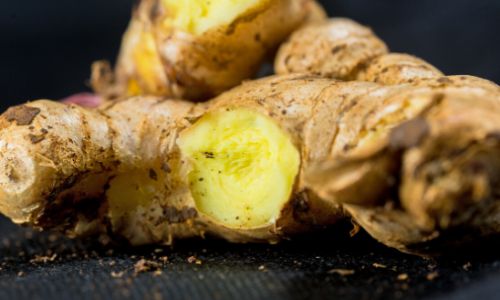
-
Pickling: Pack the ginger slices into a clean, sterile jar. Pour the hot brine over the ginger, ensuring it’s completely submerged.
-
Sealing: Secure the jar with a lid and allow it to cool to room temperature. Refrigerate the pickled ginger for at least a week before using to allow the flavors to meld.
-
Storage: Pickled ginger can be stored in the refrigerator for several months.
Conclusion
Preserving fresh ginger doesn’t have to be complicated. By using simple methods like refrigeration, freezing, dehydrating, and pickling, you can enjoy the unique flavor and aroma of ginger throughout the year. Each method offers its own benefits, from the convenience of refrigeration to the long-term preservation of dehydrating. Choose the method that best suits your needs and lifestyle, and let the versatility of ginger enhance your culinary creations for months or even years to come.



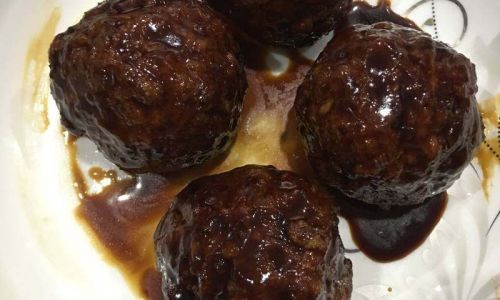

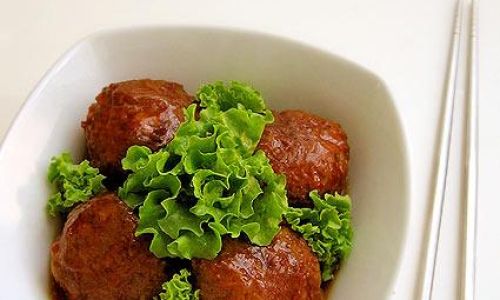
0 comments